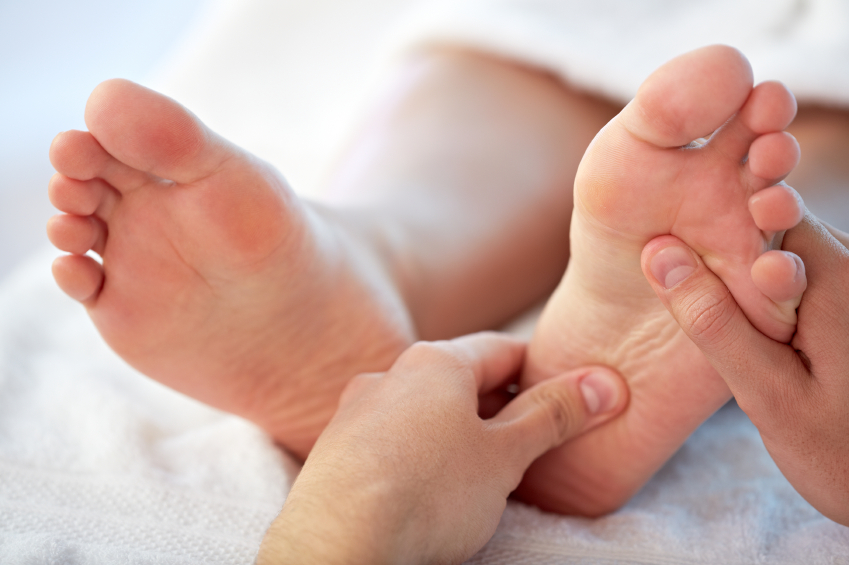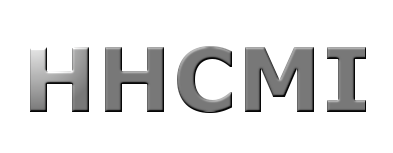
Reflexology
Reflexology may be described as a specialized form of massage of the feet and - less commonly - of the hands. Performed to detect and correct "imbalances" in the body that may be causing ill-health. it is, however, much more than simply massage.The therapy has its roots in the practices of the healers of ancient Egypt, Greece, and possibly also of ancient China.
Reflexologists also claim that manipulation of the feet for healing purposes was common among the native peoples of both North and South America.Alternative names for reflexology include reflex zone therapy and zone therapy. There are several variant forms of extensions of the therapy, including Morrel reflexology. Perhaps the most widely divergent among them, however, are the Vacuflex system and the metamorphic techniques.
....
Read More....
MODERN THERAPY
Modern reflexology stems mainly from the work early in the 20th century of two Americans, Dr. William Fitzgerald and Eunice Ingham. It was Fitzgerald who first proposed the theory that the body is divided into ten equal zones that extend the length of the body from head to toe, and that stimulation of an area of the foot in one zone affects other parts of the body in the same zone.
This work was continued by Eunice Ingham, who developed a "body-chart" which, she claimed, showed how the entire body was reflected in the soles and sides of both feet. In this way, for example, the big toe is intimately connected to the head, and the ball of the foot reflects the thyroid area.
HOW TO DO BASIC REFLEXOLOGY
The setting should be peaceful. The therapist takes a case history of past and present health and current lifestyle. The treatment itself as it progresses should reveal any other problems. The therapy can be quite safely and effectively practiced by a nontherapist if a trained professional is not available.
The person who is to receive the therapy should be seated in a comfortable position, barefoot and with the legs supported.
METHOD
Clean and dry both feet thoroughly before checking them for corns, calluses, swelling, deformities, and anything else that might be painful to the touch. Relax the feet by stroking them as you talk. Starting with the toes, work down the length of each foot to the heel, including the top and sides. Both feet should be worked on simultaneously. A full reflexology session usually lasts between 45 and 60 minutes. Most therapists agree that for best results a number of treatments are essential, and should take place on a regular weekly or, at most, twice-weekly basis.
SELF-HELP
To do reflexology on one's own feet is extremely difficult, but shoes, mats, rollers, and brushes that stimulate the reflexes are widely available as a method of self-help.While in self-treatment you do not benefit from a transfer of energy from the reflexologist to the person being massaged, it is very useful as preventive therapy and in times of emergency.
REFLEXOLOGY CAN TREAT
Reflexology is a good all-round therapy for people of any age. It is, however, most useful for conditions such as:
- Digestive problems
- Menstrual irregularities
- Stress and stress-related disorders
- Fatigue
- Aches and pains
- Inflammatory skin conditions
- Pregnancy problems
Chronic conditions affecting the elderly and children, such as dementia in the elderly, and glue ear and colic in children.
Therapists use a variety of ways to put pressure on the reflex points, including rubbing, rotating, and caterpillarlike movements, but all usually begin with firm but quite gentle stroking movements over the entire feet. In the West, fingers and thumbs are used, whereas Oriental practitioners tend to use sharpened sticks or similar objects. In Vacuflex, a vacuum pump and pads are used.
The person being treated will experience a variety of sensations as different areas of the feet are worked on. Any feeling of pain or discomfort when a "congested" area is being treated is usually brief and soon goes, leaving a feeling of release that can often be felt almost at once. Most people report a feeling of lightness and relaxation, with renewed energy, immediately after a session of treatment. This may occasionally be followed by further reactions - known technically as cleansing reactions - as the treatment takes effect: they may include headaches, a running nose, a mild rash on the skin, and a strong urge to urinate.

